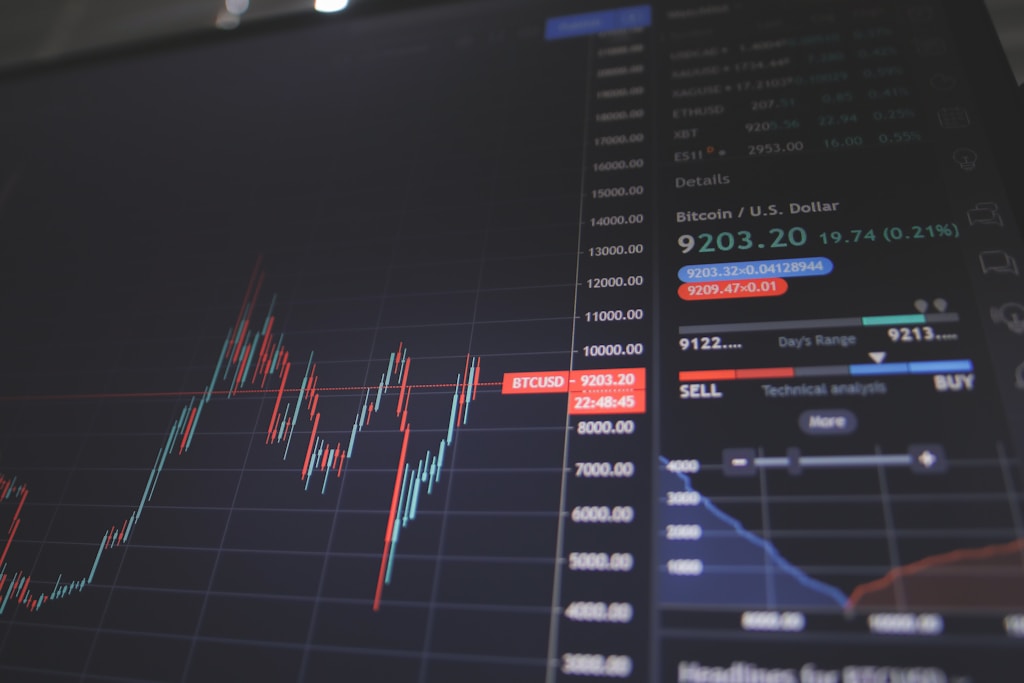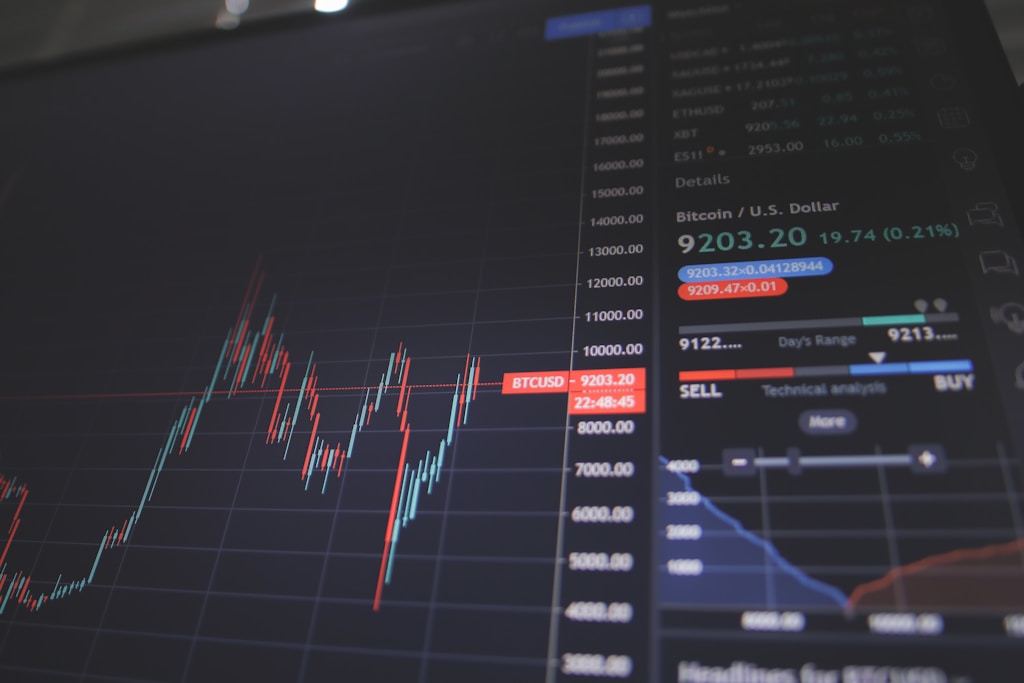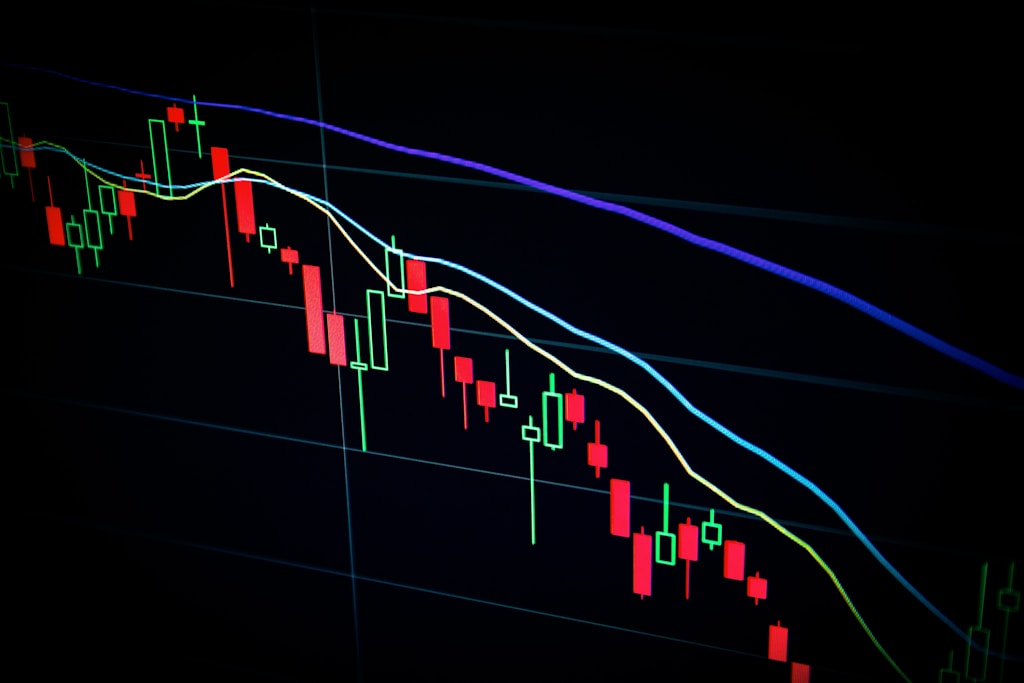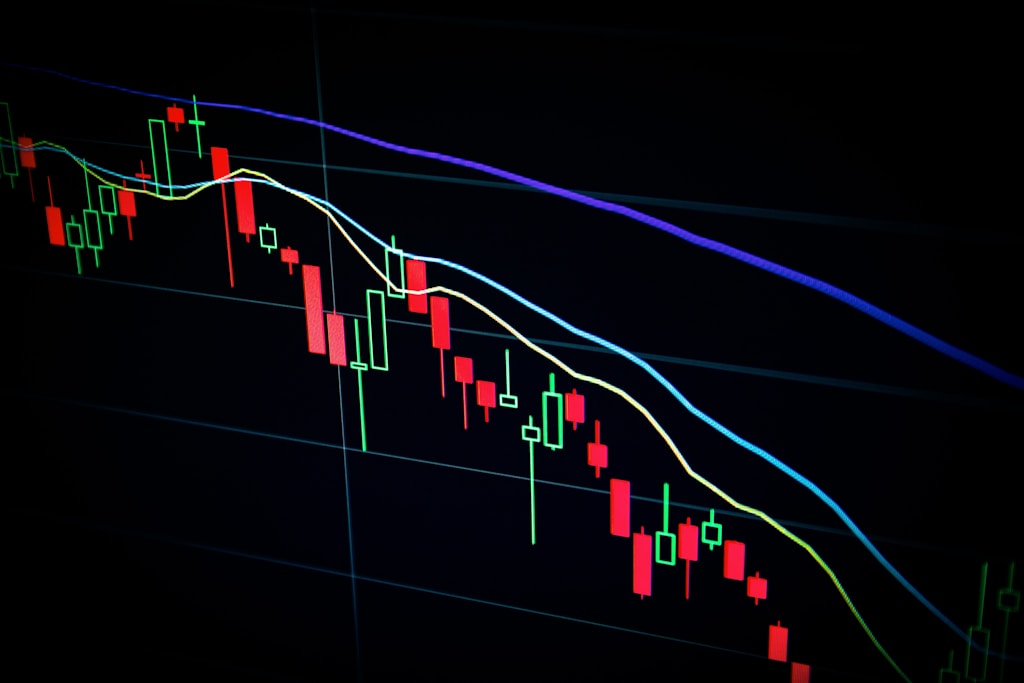Ethereum’s price trajectory has taken a concerning turn as the leading altcoin faces mounting selling pressure after briefly touching $2,700. Recent analysis had suggested a potential breakout following multi-year consolidation, but the current price action indicates bears may have other plans.
Technical Analysis Shows Troubling Lower Low Pattern
Renowned crypto analyst Gianni Pichichero has identified a series of bearish technical formations that could spell trouble for ETH holders. The week started promisingly with ETH reaching $2,700 – its highest level in over a month – but quickly gave way to sustained selling pressure.
Key price levels to watch:
- Current support: $2,350
- Recent high: $2,700
- Next major support: $2,200
- Critical resistance: $2,550
Daily Price Action Breakdown
The week’s price action reveals a clear shift in market sentiment:
- Monday: Bullish breakout to $2,700
- Tuesday: Higher high confirmed, strong close
- Wednesday: First red close, consolidation phase
- Thursday: Full bearish reversal, lower lows established
Market Implications and Trading Strategy
The formation of consecutive lower lows suggests increased selling pressure and potential further downside. Traders should watch for:
- Triple top formations near recent highs
- Double top reversal patterns
- Volume confirmation on breakouts
- RSI divergence signals
FAQ
What caused Ethereum’s recent price decline?
The decline appears technical in nature, triggered by profit-taking after reaching $2,700 and subsequent bearish formation of lower lows.
Could Ethereum bounce back from current levels?
While possible, the current technical structure suggests more downside potential before a significant recovery.
What’s the worst-case scenario for ETH price?
Technical analysis suggests potential support at $2,350, with a break below potentially targeting $2,200.
As the situation develops, traders are advised to maintain strict risk management and watch for confirmation of trend reversals before taking significant positions.





